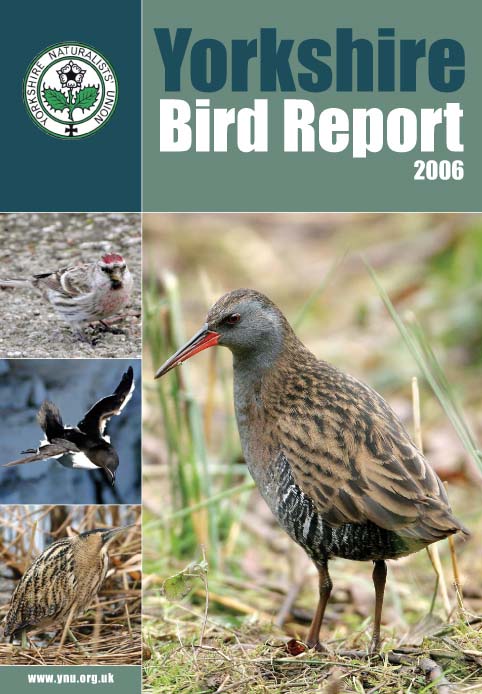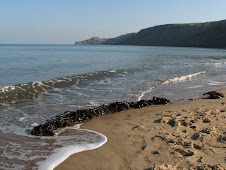Calm?
The weather finally eased up and this morning is a still, dull, misty kind of a day. The bird feeders are busy again. Water is pouring off the moor, our little trickle through the pond and out down the side of the garden is something of a torrent.
In my sick bed (oh, so very sick, man flu? No, this is ... oh, a near death experience, at least - thanks for your concern Nick, it is definitely required) Asteroids finally paled and I read the latest British Birds. Poor old BOURC are getting a bit of a drubbing again on a number of fronts, I can never really understand all this passion over the list. Personally I think caution should be the watch-word and archeologically dodgy Eagle Owls and 'maybe' Bulwer's Petrels should be excluded from what is the definitive, scientifically justified list of birds of these fair isles. Actually there was a bit of cheering of BOURC in places as well as a number of jolly splits are in the offing so the list is nearing 590.
I once sat in the pub, The Britannia at Dungeness, with three observers of the two, at that time, accepted Irish records of Bulwer's Petrel (Reflected Glory points 119). Subsequently one of these records was consigned to the dustbin of history but the 1973 one is still considered good. It was interesting reading the observations of the three observers of the claimed Cumbria bird in 1990 as Bulwer's has always been a seawatching Shangri-La, not that I've even had a likely suspect off UK or Irish shores. However, over a two week period in Madeira and on a yacht down to the Salvegens I saw rather a lot of this species, even seeing a chick in the hand. The really striking thing about Bulwer's is the way it flies. Now I'd need to dig my notes out to give a good description but of the many I saw on that trip there was never any doubt because they negotiate the waves via a particularly striking flight pattern which if I recall correctly includes a frequent, but irregular sharp zig and then a zag to get the bird back on its original course. It is a flight that is so different from anything else that any seawatcher on a UK promentary would go "Expletive! Expletive! Expletive! Expletive!" because you would know immediately you'd struck gold (well, black and brown actually but never mind). Somehow I don't get the sense of this from the Cumbria descriptions and additionally the size, 25% smaller than a Common Tern, is just wrong. That the bird was in view at 600 - 800 metres (that's not too far out) for 7 or 8 minutes would indicate to me it wasn't really motoring in the way I'd expect a Bulwer's to be shifting. So disappointing chaps but there you go, you've probably got over it now anyway. For my money that bird was probably a Leach's, the description of the flight matches exactly what I would expect of that species in a heavy sea. And the lack of white in the rump? Well that can be the devil to see on some individuals in heavy weather. The long tail? Some weed or other detritus attached to it. Maybe I've got the wrong impression here from the little bits of description in BB but for what it's worth that's my ha'pence.
Had a bit of a search for some movie footage and there's none on YouTube and can't find any elsewhere, however, here's a link to some stills - first US record, Monterey Bay, 26th July 1998.









No comments:
Post a Comment